by Ashley Carter
Share
The term “The Cloud” is fairly ubiquitous these days. We store our photos, music, and documents all on the cloud without issue. When it comes to your laboratory’s LIMS, what does hosting in the cloud really mean?
Accessibility
When it comes to accessing your LIMS, it’s important to know that you will be able to log on when and where you need to. A cloud LIMS is web-based, so accessing your LIMS is as simple as entering a URL. However, there is much more going on behind the scenes to make your cloud-based LIMS solution just as secure as a server-based LIMS.
Security
LIMS providers may utilize different cloud services, so each should be reviewed for their features and your laboratory’s needs. Common LIMS providers utilize industry leaders such as Microsoft Azure, Amazon Web Services, and Google Cloud, all of which provide Cloud security, including data protection via encryption in transit and at rest.
Cloud platforms may also provide disaster recovery options, in the event there is ever an issue, you always have a method of recovery. Be sure to find out if your LIMS provider offers this option.
LIMS applications typically have password management options, such as complexity rules. If you need a little more than that, find out if the LIMS provider also support SAML and OpenID protocols.
Another layer of security available by hosting LIMS in the Cloud is the application of traffic restrictions utilizing ACL (access control lists). This allows only computers coming from the network to access the system.
Worry-Free Server Maintenance
Utilizing a cloud-hosted LIMS takes away the worry about keeping servers up-to-date, especially if your laboratory has limited IT support.
You also don’t have to worry about setting up redundant servers or procedures for power outage scenarios. Your LIMS provider has already taken care of all of that.
Data security and accessibility is a top priority for any company, and knowing that your LIMS provider feels the same goes a long way. Reach out to Wavefront LIMS using the “Schedule a Demo” button below review our Security page here to find out more about how our cloud hosting solutions can keep your system running and secure.
STAY IN THE LOOP
Subscribe to our Free Content
Learning about LIMS is a monthly article series where Wavefront shares questions that have come up throughout our interactions with a range of individuals and customers. We do our best to provide information about each topic to help people learn more about LIMS.
Sign up here to be added to our mailing list and receive these articles directly in your inbox.
In today's rapidly evolving laboratory environment, effective data management has become increasingly crucial for maintaining operational excellence and competitive advantage. Modern laboratories generate an unprecedented variety of data types, each requiring specific handling protocols and storage considerations. A robust Laboratory Information Management System (LIMS) serves as the cornerstone of efficient laboratory operations, providing comprehensive solutions for data complexity, regulatory compliance, and long-term data integrity while ensuring seamless workflow integration.
Laboratory staffing shortages have become a critical challenge across industries. Learn how LIMS features and automation helps laboratories maintain high standards and increase efficiency, even with reduced personnel. Wavefront LIMS provides comprehensive solutions for workflow automation, knowledge transfer, and staff development - enabling your laboratory to thrive despite staffing constraints.
In an era of increasing complexity and rising performance expectations, laboratories must do more with less. Discover how a Laboratory Information Management System (LIMS) can transform operational challenges into competitive advantages, turning your lab from a cost center into a strategic asset.
In an increasingly competitive and regulated laboratory environment, implementing a robust Sample Management Software solution is essential for driving operational excellence. A comprehensive Laboratory Information Management System (LIMS) streamlines sample tracking, enhances data integrity, facilitates compliance adherence, and unlocks powerful analytics for continuous improvement. Discover how to harness the transformative potential of LIMS to position your laboratory for long-term success.





